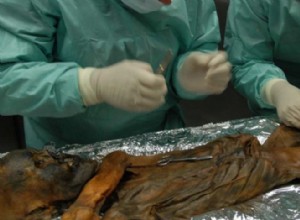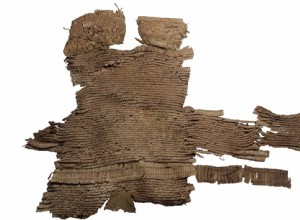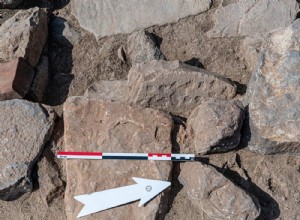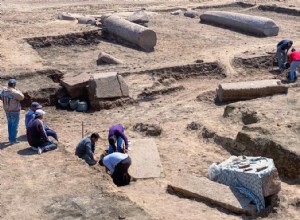The presence in the stomach of the famous iceman of a bacterium responsible for the appearance of gastric ulcers suggests that Ötzi could suffer from this pathology. Samples taken from Ötzis mummy. HELICOBACTER . About Ötzi, we know almost everything:his DNA has been decoded, the contents of his i




